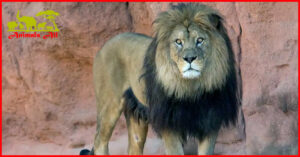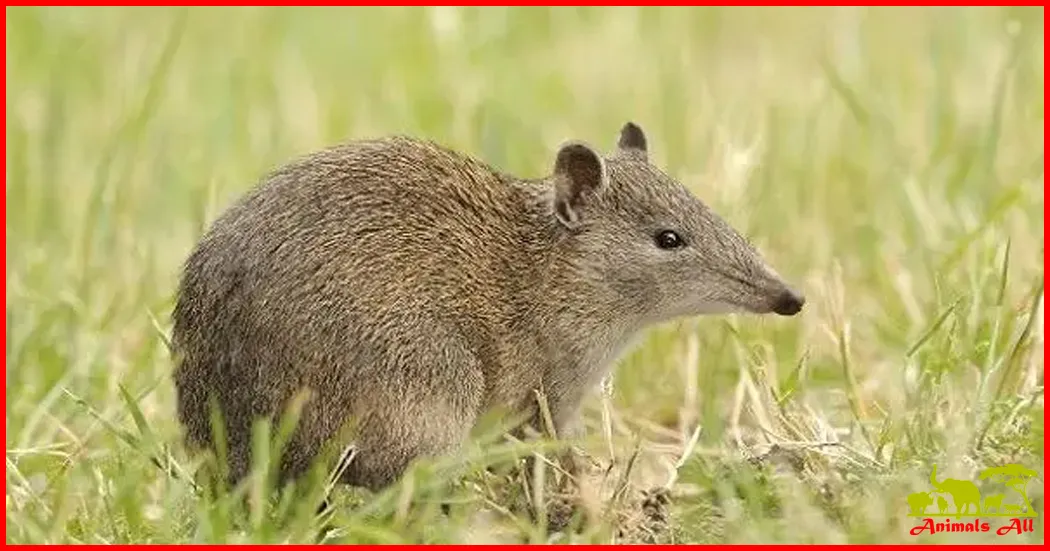
The smallest mammal in the world – the little Shrew
The little Shrew, the smallest mammal in the world, is so cute that you can’t help but want to kiss its little face! They are petite, with a body length of 4-6 cm, a tail length of 4-5 cm, and a weight of only a few grams. You can imagine that they can easily lie on the palm of your hand. They are so cute!
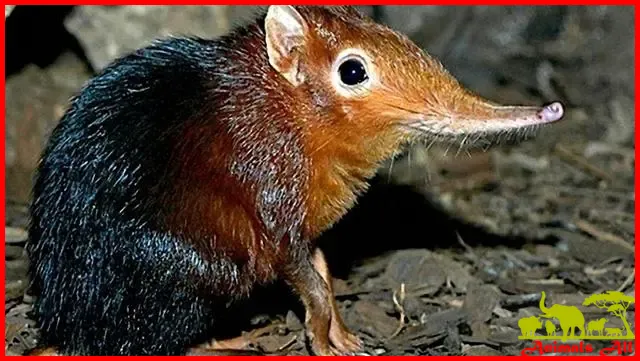
The fur color of young shrews is usually brownish-gray or gray, and they look very simple and cute. Their snouts are pointed and long, which not only makes them look more unique, but also helps them find insects and other small invertebrates in the soil. The small ears and eyes are relatively small, adapting to their nocturnal characteristics. Their forelimbs are short but very flexible, suitable for digging and catching prey. Additionally, they have a relatively long tail, which not only helps with balance but also increases their maneuverability.
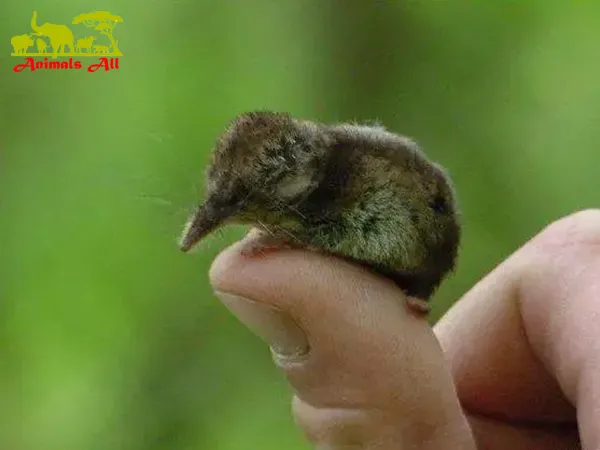
What is Shrew
Although little shrews are small in size, they have super adaptability in the animal kingdom. Their bodies are shaped like a spindle, which allows them to burrow underground and move through dense vegetation. Whether in forests, meadows, farmland or riverside, they can find an environment suitable for their survival. This is also the reason why they are widely distributed, mainly in certain areas of Asia and Africa, such as India, Sri Lanka, and the Seychelles Islands.
Small shrews are carnivorous animals that feed on insects and other small invertebrates as their main food source. They like to eat small foods such as ants, spiders, and earthworms. Despite their small size, they eat a considerable amount of food. You can eat twice your own body weight in one day, what an amazing amount of food! This is also an important way for them to stay active and grow.
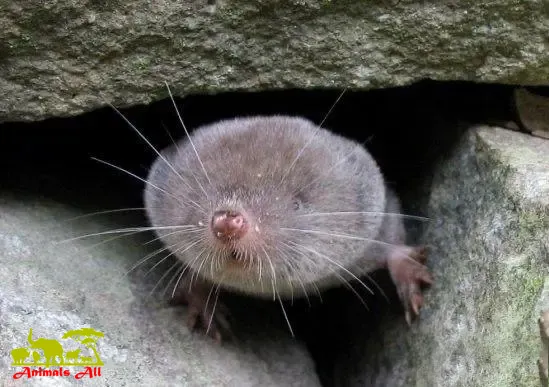
Nocturnal Animal
Little shrews are nocturnal animals and are usually active at night. They like to travel in the dark to catch prey. During the day, they usually rest in underground burrows to avoid exposure to the sun and the threat of predators. Although they are relatively solitary, they do engage in some social behavior during the breeding season. Male shrews emit high-frequency chirps to attract females to demonstrate their charm and willingness to mate. This is their only form of socialization, but it is enough for them to find a suitable mate.
The reproductive process is very rapid, and the pregnancy time of female baby shrews is only 24-25 days. They usually give birth to 2-3 cubs, which can move independently and find food soon after birth. Although their life span is short, only 1-2 years, their reproduction speed is very fast, ensuring the stability and continuation of the population.
Although little shrews are the smallest mammals in the world, they play an important role in nature. Not only are they a link in the food chain, they also control pests and promote pollen. Their presence enriches the diversity of ecosystems and allows people to better understand and appreciate the wonders of the natural world.
In short, the little shrew is a petite, flexible and cute mammal. They play an important role in nature and bring us endless surprises and joy! Protecting these cute little creatures is also our responsibility to protect the ecological balance. Let’s work together to keep baby shrews and other rare species dancing around the Earth!

